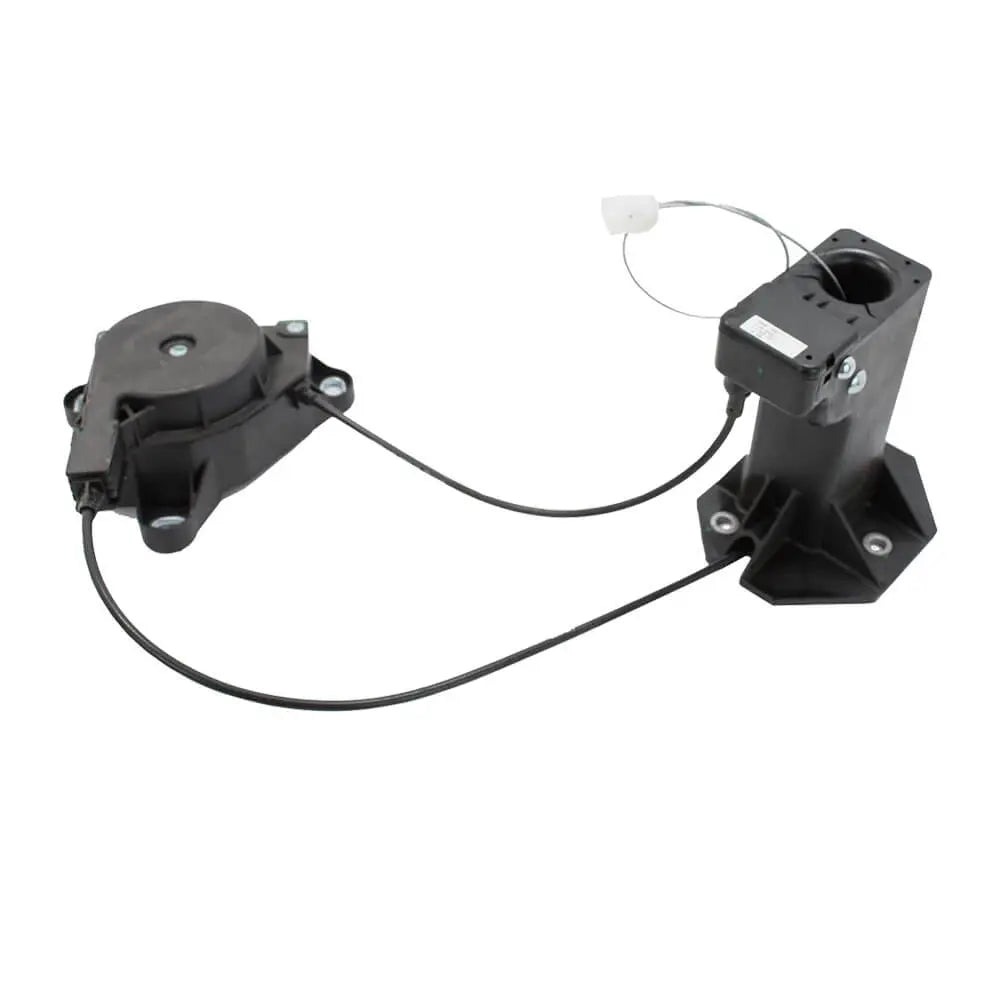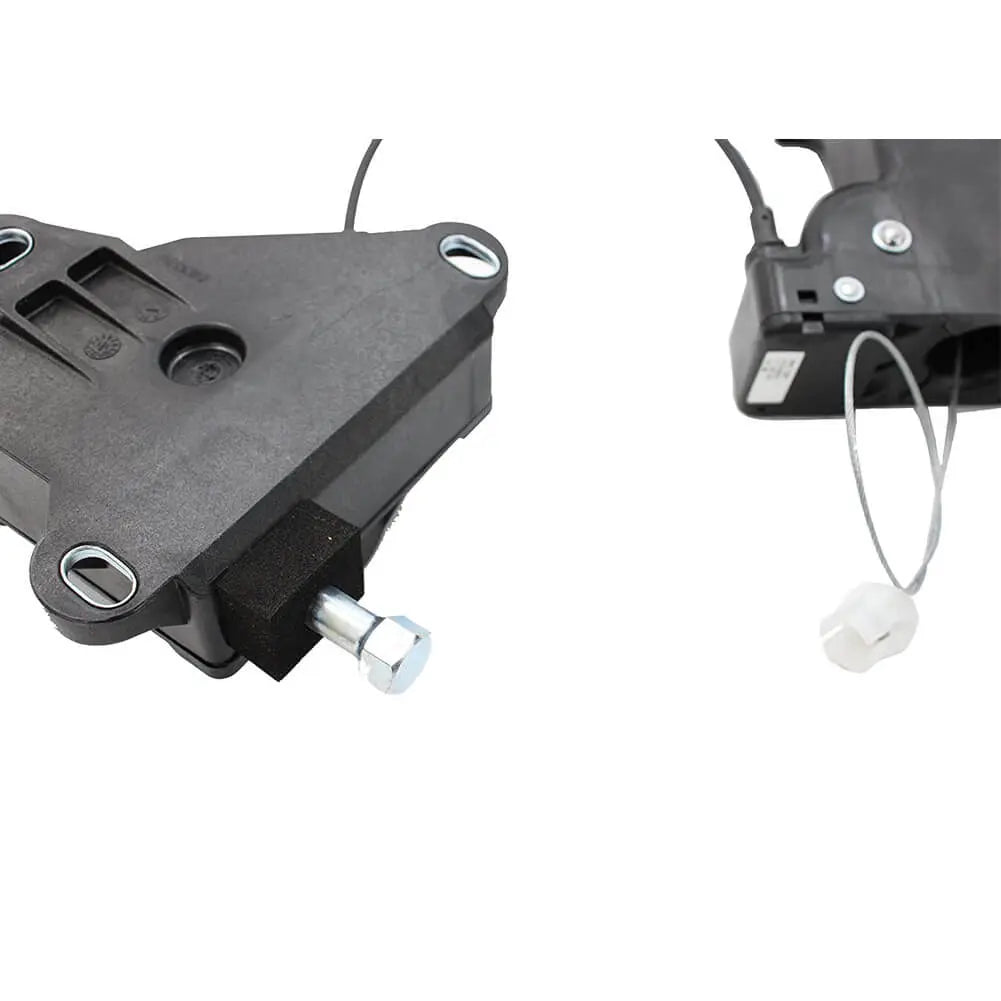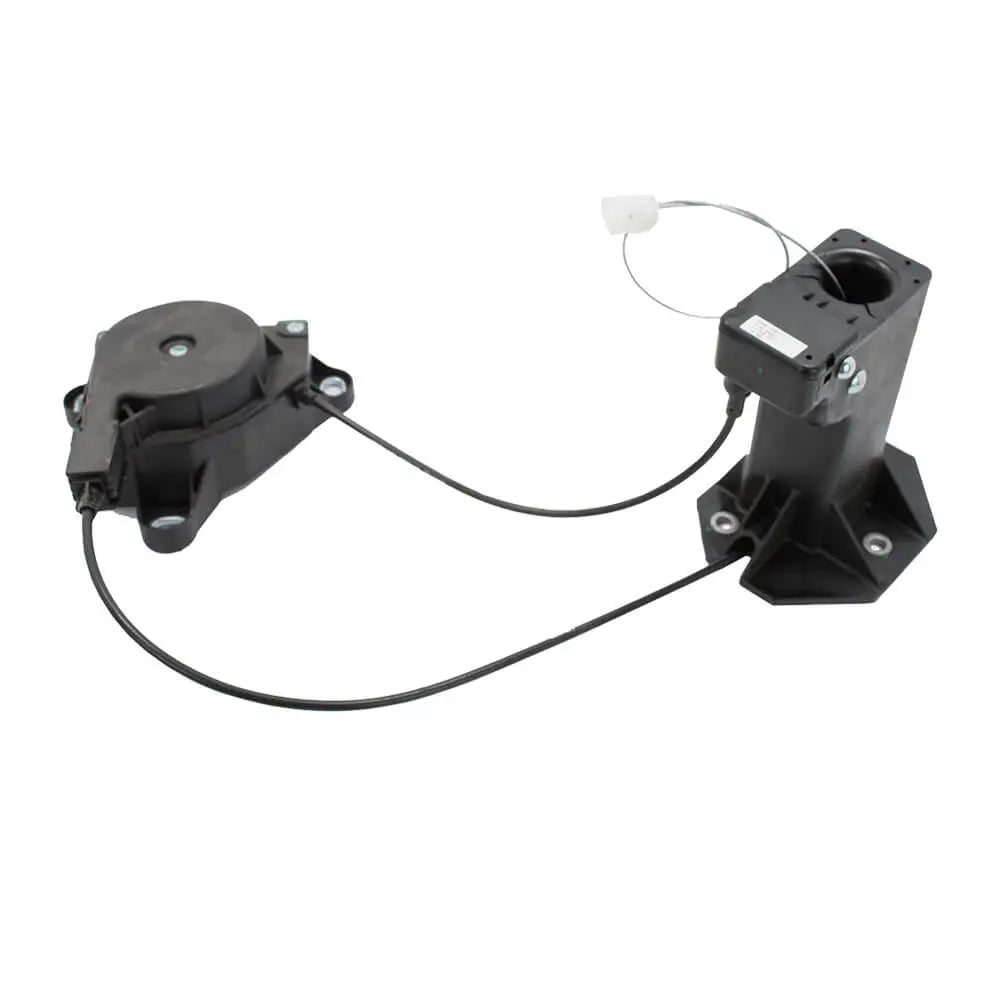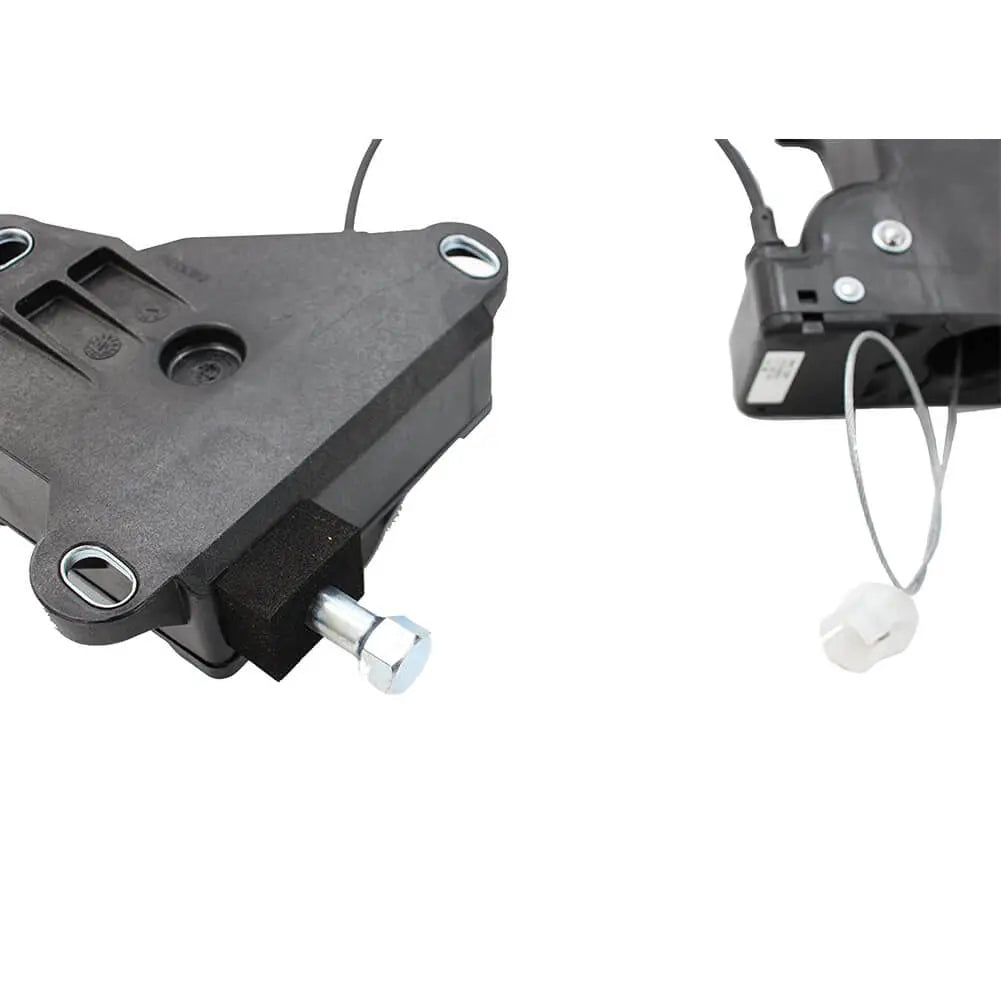Shop by Category
Spare Wheel Carrier Mechanism
3 products
Showing 1 - 3 of 3 products
Exploring the Essential Spare Wheel Carrier Mechanism for Cars
In the realm of automotive design, safety and convenience are paramount concerns. The spare wheel carrier mechanism is a critical feature that ensures drivers are well-equipped to handle unforeseen tire failures on the road. This article delves into the spare wheel carrier mechanism, its functions, types, and its significance in providing a reliable backup solution for flat tires.The Purpose of Spare Wheel Carrier Mechanism
The spare wheel carrier mechanism is designed to securely store and transport the spare tire, commonly known as the "spare wheel," in an accessible location within the vehicle. Its primary purpose is to provide a quick and efficient solution to replace a flat tire, allowing the driver to continue their journey with minimal disruption. Without this mechanism, drivers would be left with the daunting task of finding an appropriate storage spot for the spare wheel, often compromising valuable space in the car.Types of Spare Wheel Carrier Mechanisms
a. In-Trunk MountOne common type of spare wheel carrier mechanism is the in-trunk mount. Typically found in sedans and smaller vehicles, the spare tire is placed in a well or secured with a bolt within the trunk space. Although it protects the tire from external elements, it consumes some cargo space and can make accessing the trunk slightly more challenging.
b. Under-Body Mount
Under-body mounted spare wheel carriers are prevalent in SUVs, crossovers, and larger vehicles. This mechanism involves suspending the spare tire underneath the vehicle, usually at the rear, in a sturdy carrier bracket. This location frees up space in the trunk while keeping the tire easily accessible. However, it exposes the tire to the elements and potential damage from road debris.
c. Rear Bumper Mount
Less common but still present in some off-road vehicles and SUVs is the rear bumper-mounted spare wheel carrier. In this setup, the spare tire is fixed to a reinforced carrier attached to the rear bumper. While it maintains accessibility and doesn't impact cargo space, it may slightly alter the vehicle's weight distribution and affect rear visibility.
Operational Mechanism
The spare wheel carrier mechanism is designed with ease of use in mind. For in-trunk mounts, a latch or bolt secures the tire in place. To access the spare wheel, the driver typically needs to remove a cover or lift a carpeted floor panel. Under-body mounts often employ a winch system that lowers the spare tire to the ground, enabling straightforward retrieval. Some rear bumper mounts may incorporate swing-away designs, allowing the tire to be easily pivoted away from the rear of the vehicle.Maintenance and Safety Considerations
Regular maintenance of the spare wheel carrier mechanism is essential to ensure its functionality during critical times. Vehicle owners should inspect the carrier and associated hardware periodically for signs of rust, wear, or damage. Lubricating moving parts, such as hinges and winch systems, can prevent stiffness and promote smooth operation.Safety is paramount when dealing with spare wheel carriers. Adequate securing of the spare tire is crucial to avoid accidents caused by loose objects rolling on the road. Additionally, drivers should be familiar with the spare wheel retrieval process and practice using the mechanism to minimize any delays when faced with a flat tire emergency.
The spare wheel carrier mechanism is an indispensable component of modern vehicles, offering drivers a reliable backup plan in case of a tire puncture. Whether in-trunk, under-body, or rear bumper mounted, these mechanisms provide easy access to spare wheels, promoting convenience and safety. Regular maintenance and understanding the operational process are key to ensuring the spare wheel carrier functions optimally, offering peace of mind during every journey.
Showing 1 - 3 of 3 products
Display
View
Save £20.00


Spare Wheel Carrier Release Mechanism For Citroen Nemo (2007 - 2018) 7603.W5, 51910321, 1608304580
Sale price£59.90
Regular price£79.90
No reviews
Sold outSave £20.00


Spare Wheel Carrier Release Mechanism For Fiat Fiorino Qubo (2007 - 2018) 7603.W5, 51910321, 1608304580
Sale price£59.90
Regular price£79.90
No reviews
Sold outSave £20.00


Spare Wheel Carrier Release Mechanism For Peugeot Bipper (2007 - 2018) 7603.W5, 51910321, 1608304580
Sale price£59.90
Regular price£79.90
No reviews
Sold out
Filters (0)
